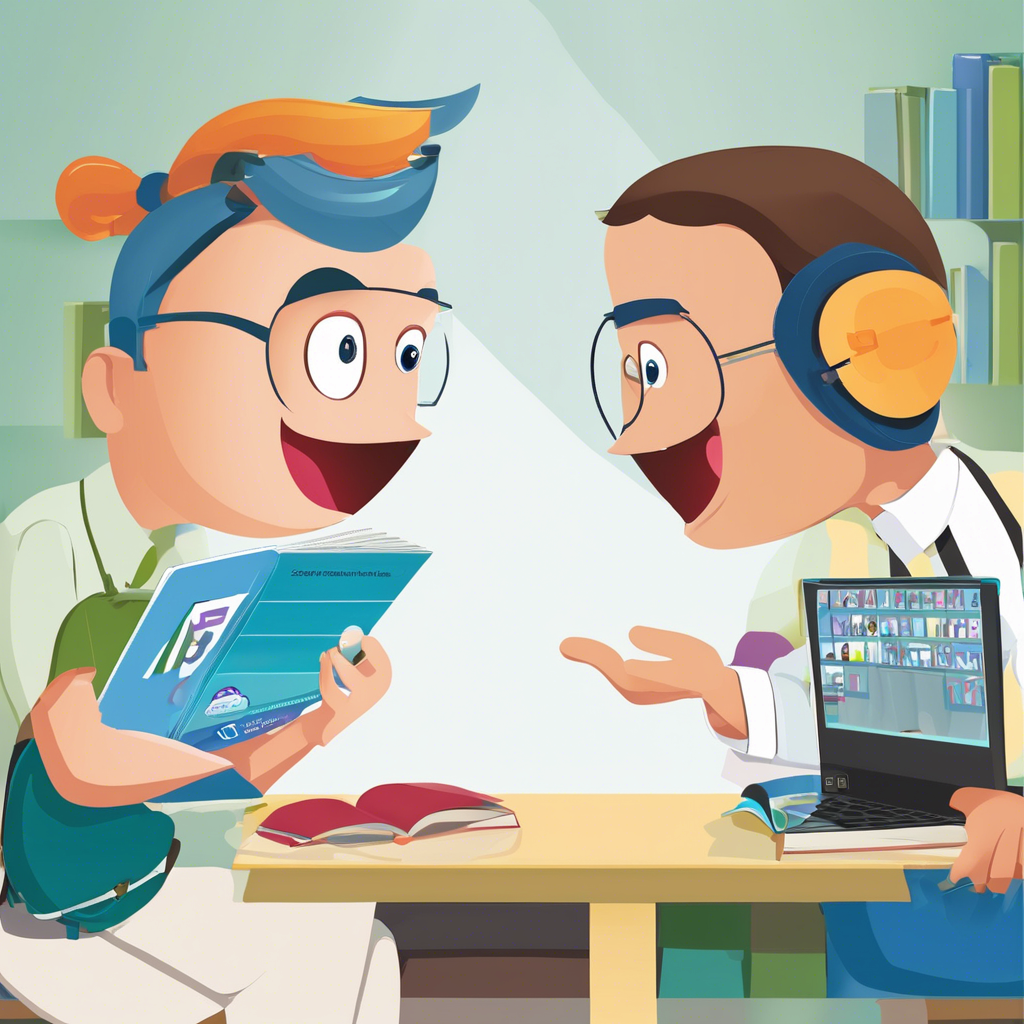Face-to-face learning has long been the foundation of education, and despite the rise of digital learning platforms, it remains the most effective method for acquiring knowledge and skills. While online education offers convenience and accessibility, it cannot fully replace the depth of engagement, human connection, and overall effectiveness of traditional classroom learning.
One of the key benefits of face-to-face learning is the direct interaction between students and teachers. In a physical classroom, educators can read students’ body language, adjust their teaching style accordingly, and provide instant feedback. This dynamic interaction fosters deeper understanding, as students can ask questions and receive immediate clarification. Unlike online learning, where misunderstandings may go unnoticed due to lack of real-time engagement, in-person education allows for personalized instruction that caters to individual learning styles.
Additionally, face-to-face learning promotes discipline and accountability. Attending physical classes requires students to adhere to a schedule, develop time management skills, and engage actively in the learning process. The presence of peers and teachers serves as a motivator, reducing the chances of procrastination, which is a common issue in online education. The structured environment of a classroom ensures that students stay focused and committed to their studies.
Collaboration and socialization are also crucial aspects of education that thrive in face-to-face settings. In a classroom, students engage in group discussions, participate in debates, and work on team projects, enhancing their communication and interpersonal skills. These interactions prepare students for real-world scenarios where teamwork and effective communication are essential. In contrast, online learning often limits collaboration to chat rooms or video calls, which lack the spontaneity and depth of in-person conversations.
Another significant advantage of traditional education is the ability to engage in hands-on learning. Many subjects, especially those in the sciences, arts, and technical fields, require practical experience that cannot be replicated through a screen. In laboratory experiments, art studios, and workshops, students gain first-hand experience, which enhances their problem-solving abilities and deepens their understanding of the subject matter. Virtual simulations can be helpful but often fail to provide the same level of immersion and skill development.
Face-to-face learning also supports emotional and psychological well-being. Human interaction is essential for mental health, and in-person classes provide students with a sense of community and belonging. The opportunity to form friendships, seek emotional support, and share experiences with classmates contributes to a positive learning environment. In contrast, online learning can be isolating, leading to feelings of loneliness and decreased motivation, which may impact academic performance.
Furthermore, traditional education fosters critical thinking and active engagement. Classroom discussions challenge students to analyze information, express their thoughts, and engage in intellectual debates. Teachers can encourage diverse perspectives and ensure that students are actively participating rather than passively absorbing information. This level of engagement is often harder to achieve in virtual settings, where students might become distracted or disengaged.
From an academic standpoint, studies have consistently shown that students in face-to-face learning environments tend to achieve better outcomes than those in online courses. Traditional classrooms provide a more immersive learning experience, where students are less likely to face distractions and more likely to retain information. The structured nature of in-person education, combined with active learning strategies, enhances comprehension and knowledge retention.
Another often overlooked aspect is the mentorship and networking opportunities available in face-to-face learning environments. Students can build meaningful relationships with their instructors, seek guidance on career paths, and gain mentorship that extends beyond academics. Additionally, networking with peers and faculty members can open doors to future career opportunities. These advantages are harder to replicate in online learning, where interactions are often limited to scheduled video meetings or discussion boards.
Moreover, face-to-face education prepares students for the professional world by instilling essential soft skills such as public speaking, teamwork, and adaptability. In a physical classroom, students practice presenting their ideas, debating topics, and working collaboratively, all of which are vital in the workplace. Employers value graduates who possess these interpersonal skills, as they are crucial for leadership and career advancement.
Another critical issue with online learning is the digital divide. Not all students have equal access to high-speed internet, reliable devices, or a quiet study environment, which can hinder their learning experience. Face-to-face learning ensures that all students receive the same quality of education, regardless of their socioeconomic background. Schools and universities provide necessary resources, such as libraries, laboratories, and study spaces, which might not be available to students learning remotely.
While online education can serve as a valuable supplement to traditional learning, it should not be seen as a complete replacement. Many hybrid learning models combine the best aspects of both methods, integrating digital tools while maintaining in-person instruction. However, the core benefits of face-to-face learning—engagement, social interaction, accountability, and hands-on experience—cannot be fully replicated in an online environment.
In conclusion, face-to-fa

